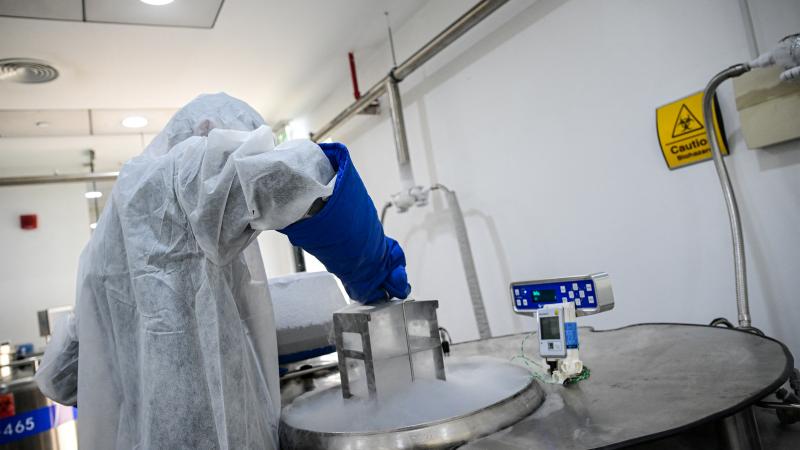Mars rover finds ‘very strange’ chemistry in Martian soil, possible evidence of life
‘Organic compounds’ could point to once-habitable Martian surface.
Scientists at NASA are reporting the discovery of chemical compounds and organic signatures in Martian soil that may signal the possibility that life once existed on the now-barren red planet.
A study published this week in Science claims that the Perseverance rover’s Scanning Habitable Environments with Raman and Luminescence for Organics and Chemicals instrument, or SHERLOC, detected “fluorescence signatures consistent with aromatic organic compounds” within rocks on Mars.
Those organic compounds are not themselves evidence of life, but they are “the building blocks for life,” MIT astronomer Eva Scheller told Vice this week.
“They are not necessarily signs of life, but you want to see liquid water and organic compounds together in an environment because they're the key components of what could make an environment habitable,” she told the outlet.
Scientists have speculated that Mars may have been much more hospitable to life millions or billions of years ago, up to including having liquid water on its surface.
















